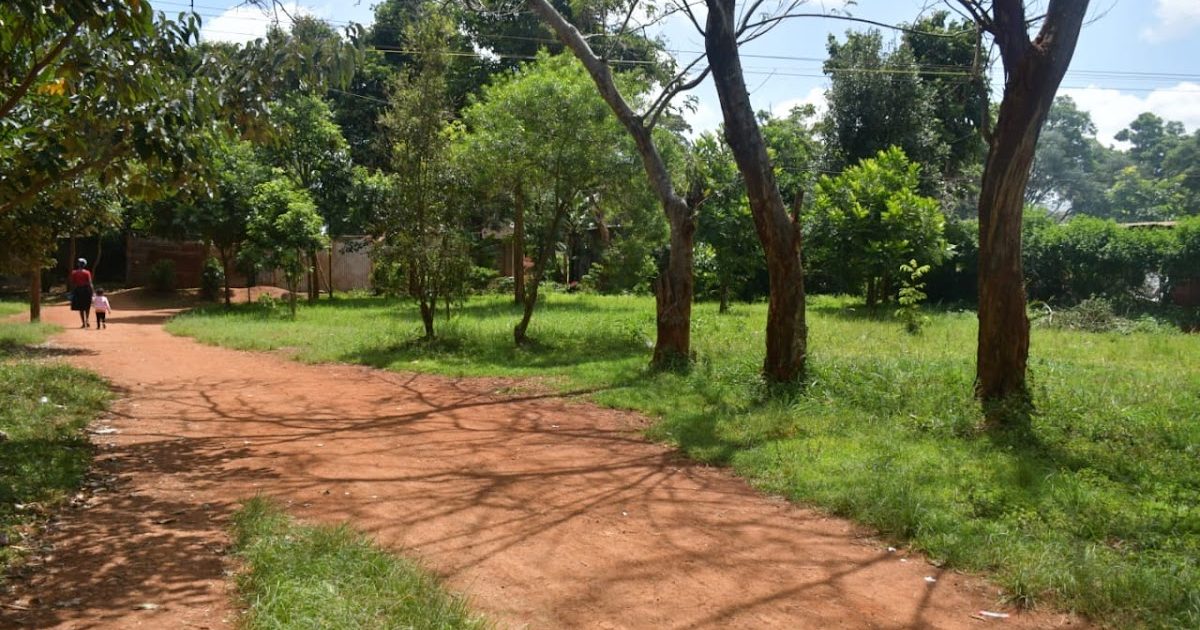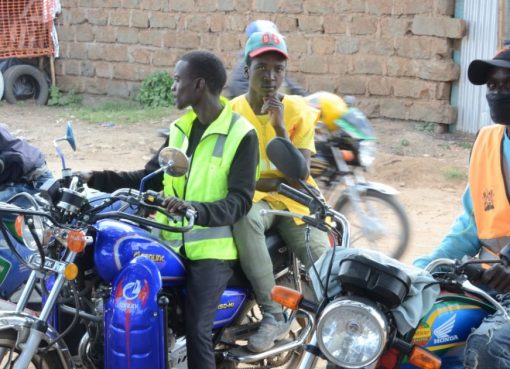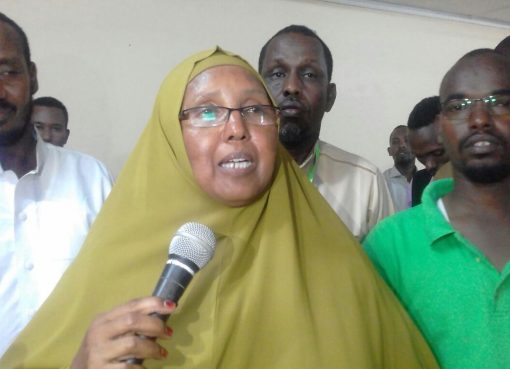In a move to protect and restore the heritage of historical sites in Kiambu, the County Government has moved to rehabilitate the famous Mugo Wa Kibiru shrine in Thika.
The shrine, a treasured home to indigenous trees and ancient Kikuyu customs was previously rehabilitated by the National Museums in 2002 but had been grossly neglected over the years and was on the verge of being grabbed by corrupt individuals.
Speaking during a public participation forum at the monument site, Kiambu County Executive Committee of Education, Culture and Social Services Nancy Gichungwa said that the county government would begin by putting up ablution blocks, a fence, and a gate at the site to protect it from further destruction and land grabbers.
“We will ensure that the shrine is well lit and clean piped water is available on site so the county government can proceed to plant and maintain quality grass and more indigenous trees to give it a better look. We will also create awareness among community members on the importance of cultural and heritage sites that are being mapped out for gazettement”. Said Gichungwa.
Speaking to KNA, Rose Gicharu a Kikuyu elder from Muranga and a frequent visitor of the shrine said she used to welcome the nation’s founding father Mzee Jomo Kenyatta at the site.
“I have been taking care of the site with the help of other elders for quite a long time, an extremely difficult task. We have been using what we get from well-wishers and students who visit the shrine for its maintenance. Now that the government has stepped in, we can now step aside and allow them to restore the land to its former glory. I however ask that they put up a “Thingira” which is a Kikuyu male home, on site to facilitate customary teachings among our youthful visitors.” Said Gicharu.
The shrine set on three acres of land and known as the home to the famous Mugo Wa Kibiru fig tree that withered and died just before Kenya gained independence from the British, was also used as a place of worship by the Kikuyu community, with Kikuyu prophet Kibiru foretelling the nation’s invasion by white settlers whilst praying at the site.
Mzee Jomo Kenyatta would later plant a Mugumo tree at the same site in 1969 to replace the one that had fallen when he toured the area to open Thika General Hospital, presently known as the Thika Level Five Hospital.
Once rehabilitation is complete, the site will be used for intercessory, recreational, and learning purposes by members of the community regardless of their religious backgrounds.
By Hellen Lunalo





